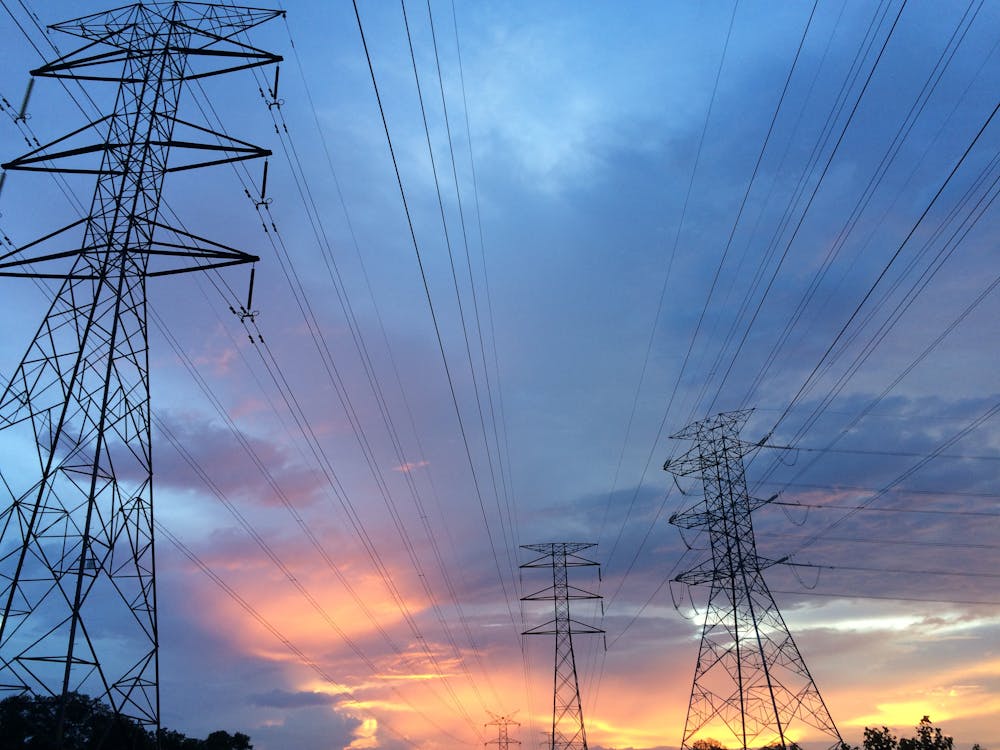Summary: The record-breaking 2024 summer in China exposes the power grid’s vulnerability to climate extremes, emphasizing the urgent need for resilient infrastructure and energy innovations.

The record-breaking northern summer of 2024 in China revealed significant vulnerabilities in the country’s power system. Soaring temperatures drove electricity demand to unprecedented levels, mainly fueled by increased air conditioning use to cope with the heat. This surge exposed the limitations of China’s energy grid transition, which, despite rapid renewable capacity growth, continues to rely heavily on coal power during periods of extreme heat. This situation underscores an urgent need for climate-resilient power infrastructure and innovative energy management solutions, not only for China but globally.
Cooling Demand Strains the Grid
Between April and September 2024, China experienced a 7 percent year-on-year increase in electricity demand, primarily due to hotter and longer summers. Approximately 31 percent of this rise was attributable to cooling needs in homes and workplaces, amounting to over 100 terawatt-hours—equivalent to Algeria’s annual electricity consumption. August and September 2024 recorded the highest average temperatures in a decade, further intensifying demand. Without the cooling-related electricity use, overall power demand growth would have been nearly half, highlighting the substantial impact of air conditioning on grid load during extreme heat.
Renewable Growth Meets Grid Challenges
China has significantly expanded its renewable energy capacity, increasing wind and solar installations by 34 percent within a year, with renewables surpassing coal in capacity. However, the 2024 heatwave demonstrated existing grid challenges. Despite the greater share of renewables, the grid struggled to meet peak electricity loads during extreme heat, necessitating an increase in coal generation. Notably, 59 percent of the year’s increase in coal-fired power generation occurred during August and September. This dual dependency illustrates that while renewable energy capacity is growing, the system is not yet fully resilient under climatic stress.
The Business Case for Energy Storage and Market Reform
Addressing these challenges requires more than just expanding renewable generation. Flexible solutions such as grid-scale batteries and pumped hydro storage are needed to store excess solar energy during daylight hours and release it during peak cooling demand in the evening. Emerging technologies like thermal storage and green hydrogen offer potential for long-duration energy storage to stabilize the grid during extended heatwaves or cloudy periods. Furthermore, reforms in electricity pricing and enhanced cross-regional energy trading could improve renewable energy utilization. Climate-proofing power grids with heat-resistant and flood-proof infrastructure will be essential for ensuring reliable electricity delivery during extreme weather events.
China’s experience serves as a cautionary tale and a strategic guide for the global energy transition. As climate change increases the frequency and intensity of heatwaves, power systems must evolve beyond simply being green to becoming truly resilient and adaptive. Investing in innovative energy storage, smarter electricity markets, and robust infrastructure can help China reduce reliance on fossil fuels during climate extremes and champion a sustainable, stable, and climate-resilient energy future. These developments also present growth opportunities in clean technology manufacturing, energy services, and grid modernization, enabling businesses to capitalize on the global surge in cooling demand.
Source: Eco-Business
Tag: Policy,Renewable Energy,Power Grid,Energy Demand,China
